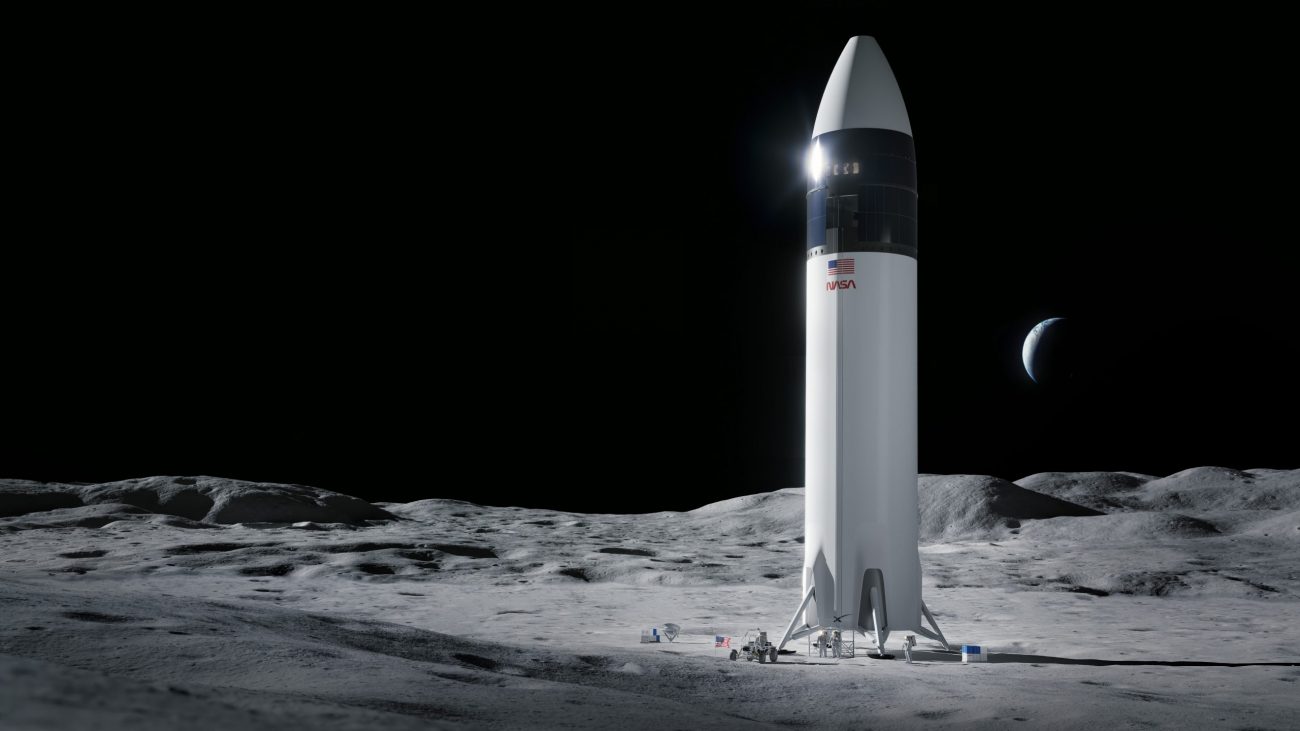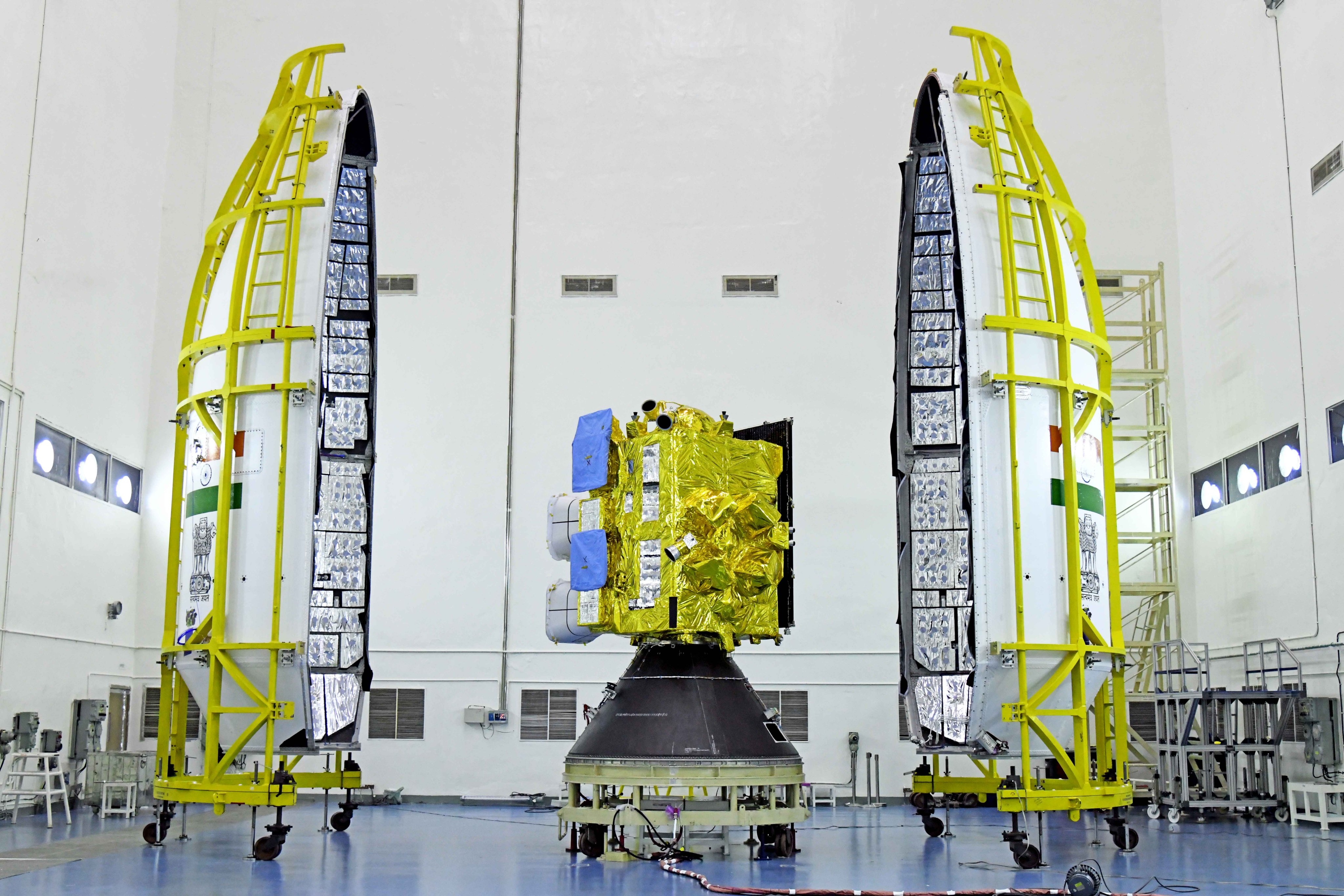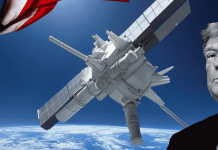The European Space Agency is reportedly bracing for a seismic shift in its lunar ambitions as fears mount that a second Donald Trump presidency could slash funding or even derail key elements of NASA’s Artemis program, jeopardizing international space collaboration.
Daniel Neuenschwander, ESA’s head of human and robotic exploration, said that while the US remains a crucial partner for Europe in space exploration, it is evident that changes are underway on the US side.
The FT report disclosed that the agency plans to meet NASA officials to assess the impact on their collaboration, acknowledging that future discussions could be more transactional than in the past.
The Artemis program, a $100 billion initiative to return humans to the Moon and establish a permanent presence, is now under review by the Department of Government Efficiency (DOGE), led by Elon Musk’s team.
The initiative, a key part of US efforts to maintain an edge over China in space exploration, has been criticized for its cost overruns.

Boeing, a major contractor for Artemis, announced last week that it could cut 200 jobs in anticipation of expected reductions to the Space Launch System budget, the program’s primary launch vehicle.
A former NASA official suggested that Gateway, a planned lunar orbiting space station developed with international partners, could also be at risk.
Europe, Japan, Canada, and the United Arab Emirates supply some of its main components. Given the current administration’s priorities, Gateway may be vulnerable to budget cuts.
The Artemis program has poured nearly $100 billion into its ambitious goal of landing astronauts on the Moon, yet it has yet to achieve this milestone.
The project is plagued by soaring costs, persistent delays, and significant inefficiencies. One of the most notable is its reliance on a non-reusable rocket system, which only adds to the program’s financial strain.
The Artemis program was initiated with the goal of returning humans to the Moon during Donald Trump’s first term. However, the former president has frequently expressed interest in bypassing the Moon entirely and setting his sights directly on Mars.
This vision is gaining traction, particularly as Elon Musk—SpaceX founder, the world’s richest person, and a vocal proponent of interplanetary exploration—becomes an increasingly influential advisor and ally to Trump.
Europe Weighs Alternatives
As tensions persist between Europe and the United States regarding space exploration, India could potentially emerge as a key beneficiary of the evolving situation.
According to the report, ESA met with its member states last week to discuss potential responses ahead of the agency’s November ministerial meeting, which will determine its budget for the next three years.

Should the US commitment to the Artemis program wane, Europe may seek alternative partnerships to advance its lunar ambitions. One such possibility is strengthening collaboration with India, which has set an ambitious goal of landing astronauts on the Moon by 2040.
India has already established itself as a formidable space power and has been providing services to several European clients.
This trend gained further momentum after Western nations imposed sanctions on the Russian space agency, effectively halting cooperation in the space sector. As a result, many countries and companies began seeking alternative partners, with India emerging as a viable and reliable option.

A key example of this shift was seen in the case of OneWeb, a British satellite startup, which turned to India’s space agency, ISRO, after Russia seized 36 of its satellites in September 2022.
This successful collaboration highlighted India’s growing role in the global space industry. However, the exact nature and scope of future cooperation between Europe and India remain uncertain.
Additionally, ESA might consider expediting its own independent robotic lunar missions to maintain its presence in the global space race.
That said, Europe remains heavily reliant on the Artemis program. In the next three-year funding round, lunar programs will account for the largest share of ESA’s exploration budget.
The agency is supplying the service module for the Orion crew capsule and key life-support elements for Gateway. In return, NASA has committed to bringing three European astronauts to the lunar space station.
The uncertainty surrounding Artemis funding has reignited the debate over NASA’s reliance on the Space Launch System versus the potential of SpaceX’s Starship. The latter, which is currently undergoing flight testing, has been presented as a more cost-effective solution for lunar exploration.
Critics, including former NASA administrators and Apollo 11 astronaut Buzz Aldrin, have questioned the need for Gateway, arguing that Starship’s long-duration lunar capabilities could make it unnecessary.
Starship, however, is not yet capable of carrying a crew to the Moon. Delays in its readiness could jeopardize US ambitions to return to the lunar surface before China. Some in the space community believe that, despite their high costs, the SLS and Orion systems remain the only viable options to achieve this goal.
The SLS has been plagued by delays and budget overruns, with total costs expected to reach $23 billion by 2028. The US government’s auditor has estimated that a single launch could cost more than $4 billion.
One option under consideration would be to limit funding to the SLS missions already under contract and shift toward a more commercially sustainable model. Some within NASA believe this could allow the US to maintain its lunar ambitions while moving away from costly legacy programs.
- Contact the author at ashishmichel(at)gmail.com
- Follow EurAsian Times on Google News




